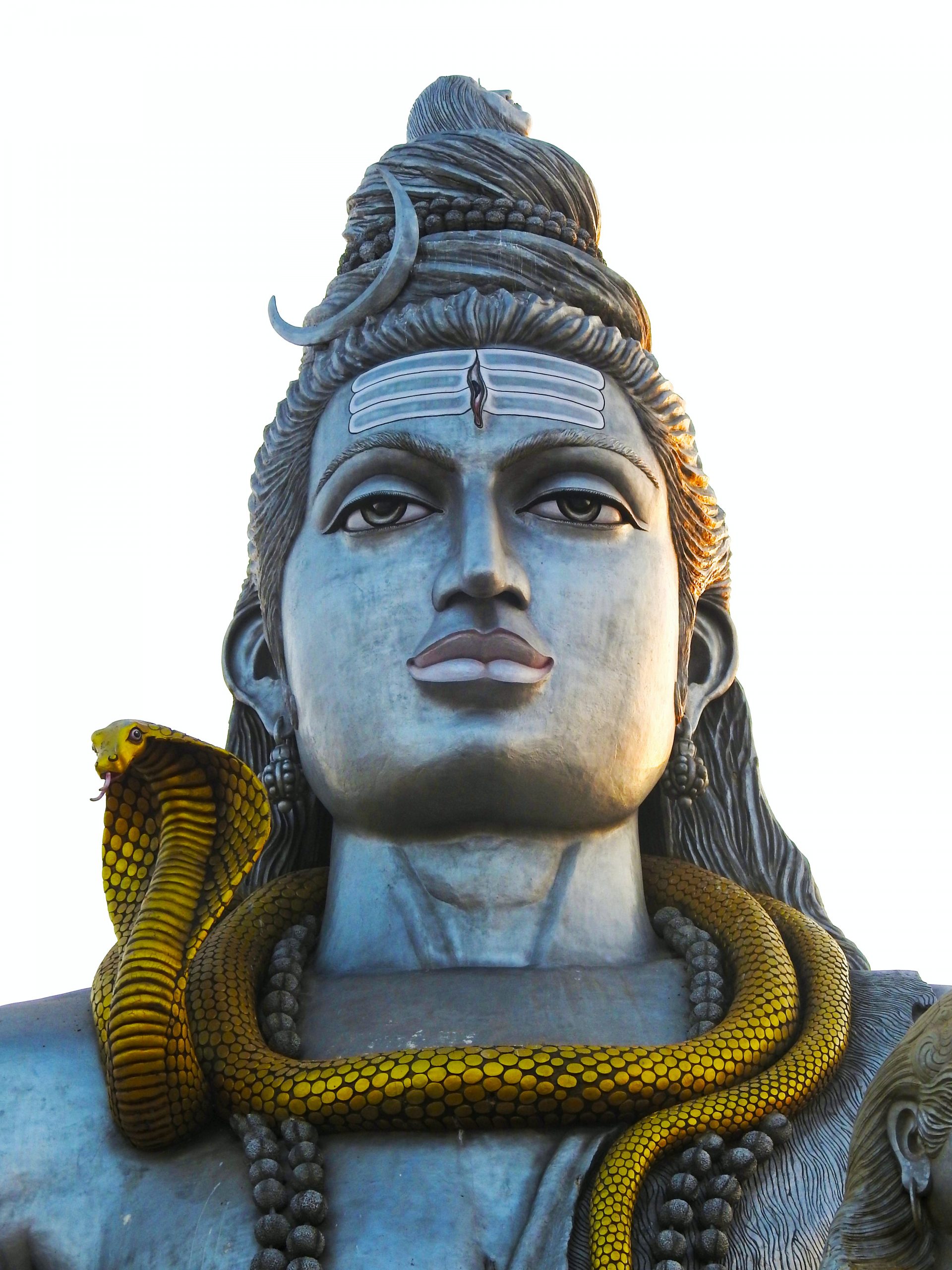Meditation: Unveiling the Spiritual Dimensions
Meditation, in its various forms, has long been intertwined with spiritual practices, offering seekers a profound connection to the divine and a gateway to higher states of consciousness. In this exploration, we delve into the spiritual aspects of meditation, unveiling the rich tapestry of traditions such as transcendental meditation, Zen meditation, and others rooted in diverse spiritual legacies.
Spiritual Aspects of Meditation:
A Gateway to the Divine: Meditation, at its core, is a spiritual endeavor. It transcends the boundaries of the mundane, inviting practitioners to explore the depths of their consciousness and connect with a higher power or universal energy. This spiritual dimension adds a sacred and transformative layer to the practice, elevating it beyond a mere relaxation technique.
1. Transcendental Meditation: Transcendental Meditation (TM) is a technique founded by Maharishi Mahesh Yogi. It involves the use of a specific mantra, a word or sound, to facilitate a state of transcendence—a state of pure awareness beyond thought. TM practitioners often describe the experience as a journey into the transcendental, where the individual soul connects with the universal consciousness. This practice is rooted in the Vedic tradition and is known for its simplicity and accessibility.
2. Zen Meditation (Zazen): Zen meditation, or Zazen, is a central practice in Zen Buddhism. It emphasises seated meditation as a means to cultivate mindfulness and insight. It is deeply rooted in the Buddhist philosophy of impermanence and the search for enlightenment. Practitioners aim to achieve a state of non-dual awareness, transcending the egoic mind and awakening to the true nature of reality.
3. Loving-Kindness Meditation (Metta): Loving-Kindness Meditation, or Metta, has its origins in Buddhism. It involves the cultivation of feelings of love and compassion toward oneself and others. Metta is a practice of heart-centered connection. By extending goodwill to oneself and all beings, practitioners foster a sense of interconnectedness and work towards overcoming the illusion of separation—an essential concept in many spiritual traditions.
4. Sufi Whirling Meditation: Sufi Whirling Meditation is a practice within Sufism, the mystical dimension of Islam. It involves spinning in repetitive circles to induce a meditative trance. The whirling dance is not merely a physical act but a symbolic journey of the soul towards divine union. Practitioners aim to lose themselves in the dance, symbolising the dissolution of the ego and the merging of the individual with the divine.
5. Walking Meditation (Kinhin): Kinhin, or walking meditation, is a contemplative practice often associated with Zen Buddhism. It is performed between periods of seated meditation. Kinhin is more than a physical movement; it is a mindful and intentional walk. Practitioners synchronise breath with steps, cultivating a heightened awareness of each moment and fostering a sense of spiritual presence in every step.

Short Stories:
1. Buddha’s Enlightenment: The story of Siddhartha Gautama, who later became the Buddha, revolves around his quest for enlightenment. After years of ascetic practices, Siddhartha sat under the Bodhi tree, entering deep meditation. Through profound introspection, he transcended the cycle of birth and death, attaining enlightenment and becoming the Buddha.
2. Lord Shiva’s Cosmic Dance: In Hindu mythology, Lord Shiva’s cosmic dance, known as the Tandava, represents the dynamic and rhythmic aspects of the universe. Shiva’s meditative dance symbolises the perpetual cycles of creation, preservation, and destruction, highlighting the interconnectedness of all existence.
Spiritual meditation practices offer a unique path for seekers to explore the divine realms within. Whether through transcendental meditation, Zen contemplation, or other traditions, the spiritual dimensions of meditation beckon us to embark on a journey of self-discovery and connection to the sacred and divine.

Recent Comments